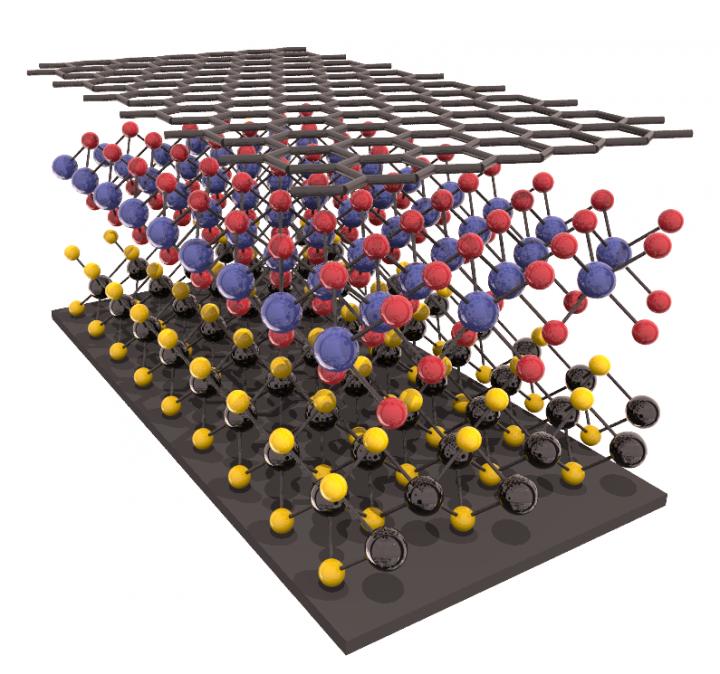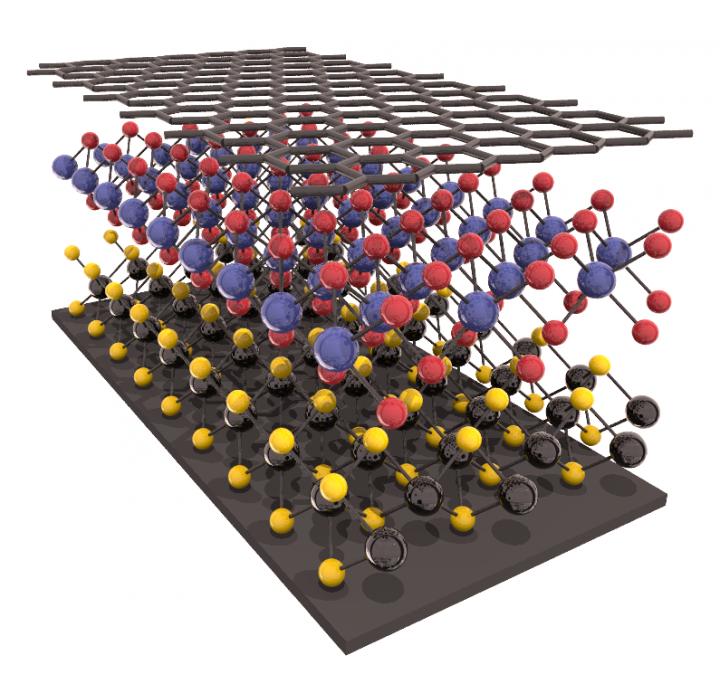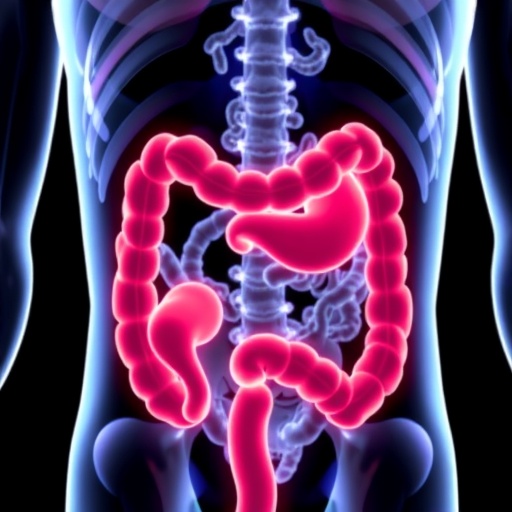
Credit: Gabriel Constantinescu
- Electronic devices set to become smaller, flexible and highly efficient – following University of Warwick research on 2D materials
- Researchers measured the electronic structure of stacks of 2D 'wonder' materials — atomically thin, highly conductive, and extremely strong materials – for first time
- Understanding the electronic structures will allow scientists to find optimal materials for efficient semiconductors in nano-circuitry
Gadgets are set to become flexible, highly efficient and much smaller, following a breakthrough in measuring two-dimensional 'wonder' materials by the University of Warwick.
Dr Neil Wilson in the Department of Physics has developed a new technique to measure the electronic structures of stacks of two-dimensional materials — flat, atomically thin, highly conductive, and extremely strong materials – for the first time.
Multiple stacked layers of 2D materials — known as heterostructures — create highly efficient optoelectronic devices with ultrafast electrical charge, which can be used in nano-circuits, and are stronger than materials used in traditional circuits.
Various heterostructures have been created using different 2D materials — and stacking different combinations of 2D materials creates new materials with new properties.
Dr Wilson's technique measures the electronic properties of each layer in a stack, allowing researchers to establish the optimal structure for the fastest, most efficient transfer of electrical energy.
The technique uses the photoelectric effect to directly measure the momentum of electrons within each layer and shows how this changes when the layers are combined.
The ability to understand and quantify how 2D material heterostructures work – and to create optimal semiconductor structures — paves the way for the development of highly efficient nano-circuitry, and smaller, flexible, more wearable gadgets.
Solar power could also be revolutionised with heterostructures, as the atomically thin layers allow for strong absorption and efficient power conversion with a minimal amount of photovoltaic material.
Dr Wilson comments on the work:
"It is extremely exciting to be able to see, for the first time, how interactions between atomically thin layers change their electronic structure. This work also demonstrates the importance of an international approach to research; we would not have been able to achieve this outcome without our colleagues in the USA and Italy."
Dr Wilson worked formulated the technique in collaboration with colleagues in the theory groups at the University of Warwick and University of Cambridge, at the University of Washington in Seattle, and the Elettra Light Source, near Trieste in Italy.
Understanding how interactions between the atomic layers change their electronic structure required the help of computational models developed by Dr Nick Hine, also from Warwick's Department of Physics.
###
The paper, 'Determination of band offsets, hybridization, and exciton binding in 2D semiconductor heterostructures', is published in Science Advances.
Notes to editors:
The University of Warwick is one of the top 10 research environments in the UK for Physics, as assessed by REF 2014, with all aspects considered to be either world-leading or internationally excellent. 96% of the research papers submitted to REF2014 were judged to be at least "internationally excellent" and a quarter "world leading" (4*).
Media Contact
Luke Walton
[email protected]
44-782-454-0863
@warwicknewsroom
http://www.warwick.ac.uk
############
Story Source: Materials provided by Scienmag





